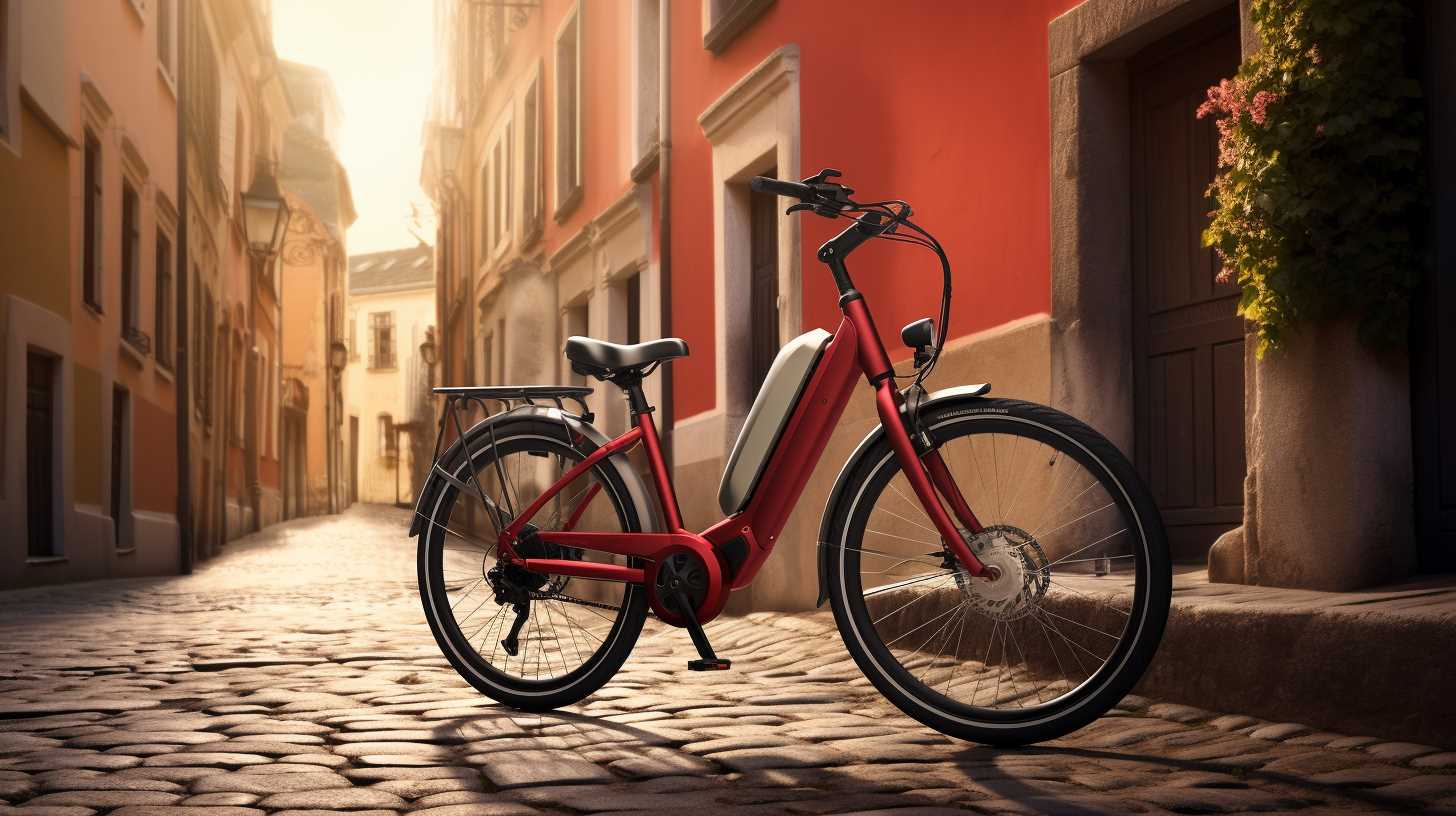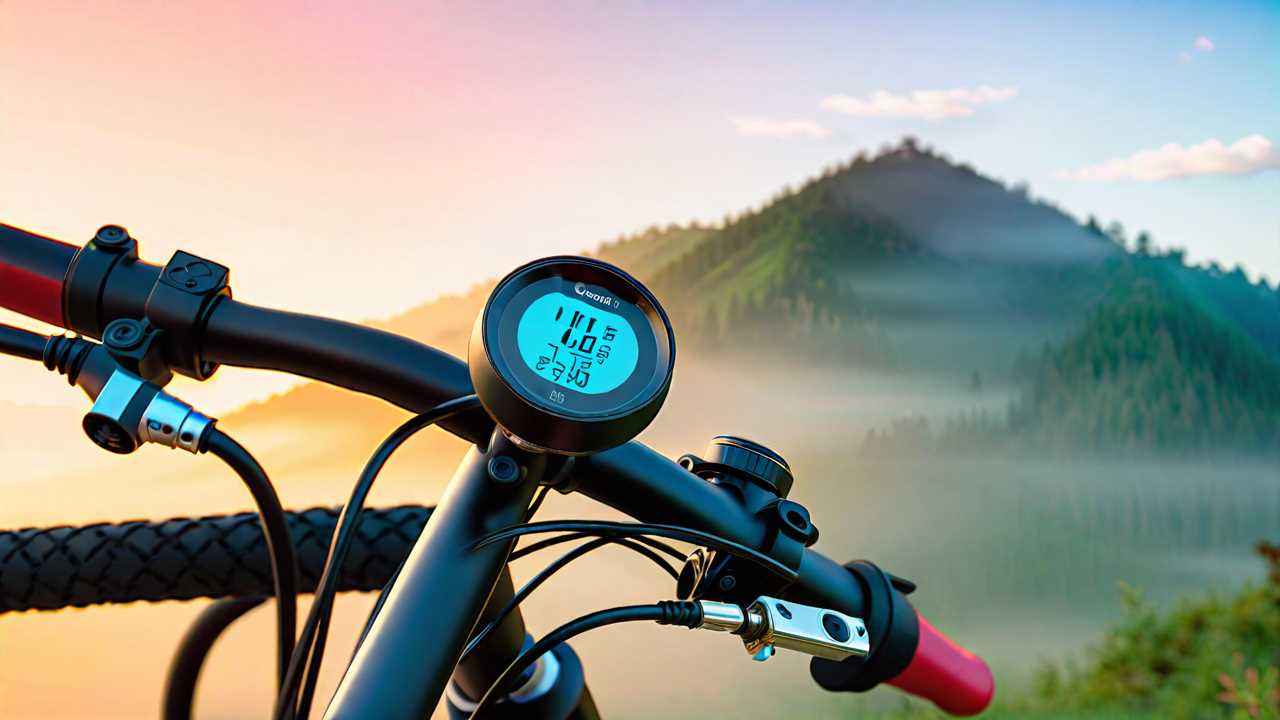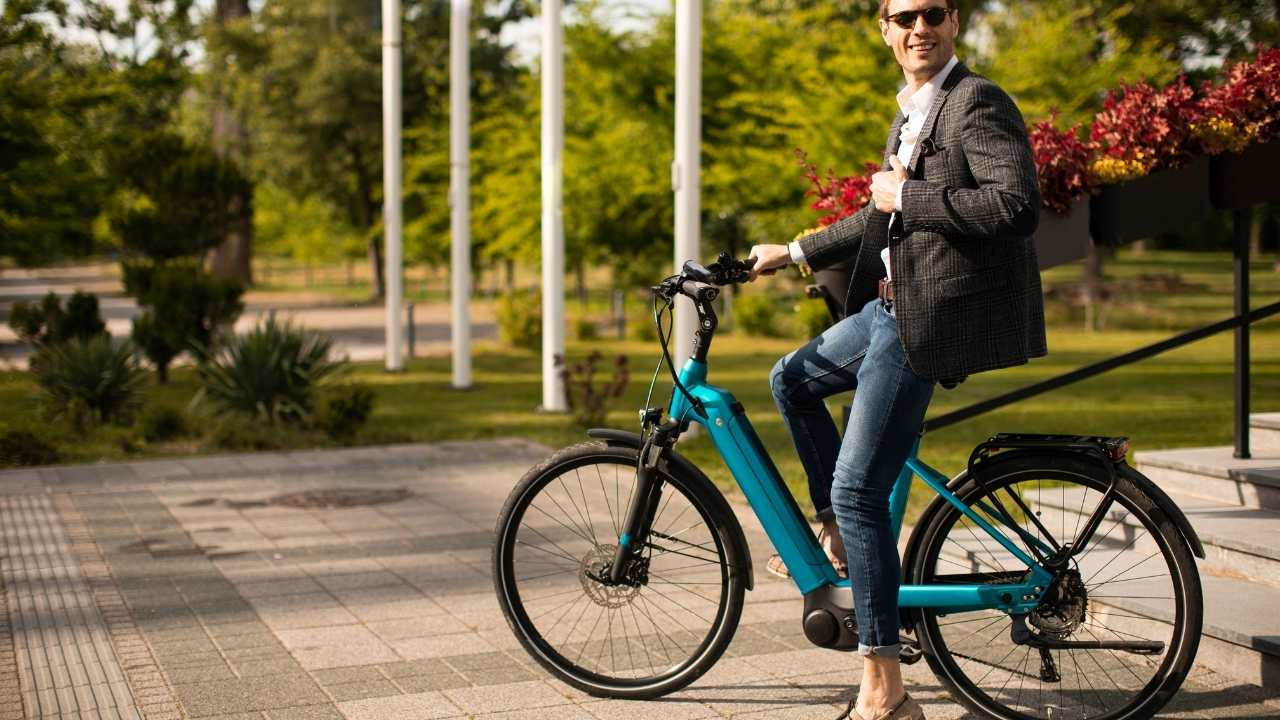
What Are the Components of Electric Bike Controller?

The electric bike controller consists of crucial components: power stage elements like MOSFETs, capacitors, and diodes. These convert the battery's DC power to necessary AC power, requiring regular checks to prevent overheating and hazards. Control logic includes fault detection, emergency stop, and speed regulation for safety and performance. Communication pieces guarantee seamless data exchange for efficient operation. Protection features guard against overloading, overheating, and voltage spikes to maintain ideal conditions. Display and user interface elements show speed, battery level, and enable user-friendly adjustments for a safe riding experience. Uncover more about the intricate components of an electric bike controller.
Power Stage Components
In the domain of electric bike controllers, the power stage components play an essential role in regulating and controlling the flow of electrical power to propel the bike efficiently.
These components, including the MOSFETs, capacitors, and diodes, are pivotal for converting the battery's DC power into the necessary AC power to drive the motor.
Ensuring the proper functioning of these power stage components is necessary for the safe operation of the electric bike. Regular maintenance checks and quality components can help prevent overheating, short circuits, and other potential hazards that may arise from faulty power stage elements.
Control Logic Components
Control logic components in electric bike controllers play a crucial role in orchestrating the intricate communication and coordination between various parts of the system to guarantee seamless operation and peak performance.
When considering safety in electric bike controllers, the control logic components guarantee the following:

Communication Components
Facilitating seamless data exchange and coordination among the various components, communication components in electric bike controllers serve as the essential conduits for transmitting essential information within the system.
These components enable real-time communication between the motor, battery, display, and other parts of the electric bike, ensuring efficient operation. By relaying data such as speed, battery level, and assist levels, communication components play a critical role in optimizing performance and enhancing safety.
Through this interconnected network, riders can receive accurate feedback on their riding conditions, allowing for better control and monitoring. The reliability and accuracy of these communication components are necessary for a smooth and secure riding experience, emphasizing the importance of quality and integrity in their design and implementation.
Protection Components
Protection components play a vital role in ensuring the safety and longevity of electric bike controllers.
Overcurrent protection safeguards the system from excessive currents, while overvoltage protection prevents damage from voltage spikes.
Additionally, temperature protection helps maintain ideal operating conditions by monitoring and controlling the temperature levels within the controller.
Overcurrent Protection
One critical element in the electric bike controller design is the implementation of overcurrent protection mechanisms. These mechanisms are important for ensuring the safety and longevity of the electric bike system.

Here are four key components that play a significant role in overcurrent protection:
Overvoltage Protection
Implementing robust overvoltage protection mechanisms is essential in safeguarding the electric bike controller and associated components from potential damage caused by excessive voltage levels.
Overvoltage protection components such as Zener diodes, transient voltage suppressors, and voltage regulators play a critical role in ensuring the system's integrity. These components detect voltage spikes or surges and divert excess voltage away from sensitive parts, preventing irreparable harm.
By promptly reacting to overvoltage situations, these protective measures help maintain the controller's stability and longevity. Without adequate overvoltage protection, the electric bike controller and its components are at risk of malfunction or permanent damage, posing safety hazards to both the rider and the vehicle itself.
It is vital to prioritize the integration of reliable overvoltage protection to uphold the safety and performance of electric bike systems.
Temperature Protection
Temperature sensors are essential components utilized in electric bike controllers to monitor and regulate heat levels within the system. These sensors play a vital role in ensuring the safety and efficiency of the electric bike by preventing overheating and potential damage.
Here are four key aspects of temperature protection in electric bike controllers:

Display and User Interface Components
Discussing the components of an electric bike controller, the display and user interface play an essential role in providing riders with necessary information and control options. The display typically shows important data like speed, battery level, assist level, and distance traveled, allowing riders to monitor their ride effectively.
A user-friendly interface enables easy adjustments to settings such as pedal assist levels or the activation of different modes. Clear visibility under varying light conditions is critical for safe riding, ensuring riders can quickly glance at the display without being distracted from the road. Intuitive controls on the interface make it convenient for riders to interact with the electric bike system without compromising their focus on the surroundings.
A well-designed display and user interface improve the overall riding experience by promoting safety and ease of use.
Peripheral Components
The functionality and performance of an electric bike controller are further improved by its peripheral components, which complement the display and user interface to optimize the rider's experience. These peripheral components play an important role in guaranteeing safety and enhancing the overall ride quality.
Here are four essential peripheral components found in electric bike controllers:
Frequently Asked Questions
How Can I Customize the Controller for Different Motor Types?
When customizing a controller for different motor types, confirm compatibility by checking voltage, current, and communication protocols. Adjust settings like throttle response and speed limits cautiously, always prioritizing safety and performance. Consult manufacturer guidelines for specific modifications.
Are There Any Specific Requirements for Battery Compatibility?
When contemplating battery compatibility for electric bikes, it is essential to align voltage, capacity, and discharge rates with the controller's specifications. For instance, a 48V controller may necessitate a 48V battery to guarantee peak performance and safety.

Can the Controller Be Adjusted to Different Acceleration Levels?
Electric bike controllers can often be adjusted to different acceleration levels, offering users personalized riding experiences. This feature allows for improved control and safety, catering to individual preferences and skill levels.
What Kind of Maintenance Is Required for the Controller?
Regular maintenance of the electric bike controller is important for peak performance. This includes inspecting for loose connections, ensuring proper ventilation, and keeping it clean from debris. Regular check-ups by a professional can help prevent potential issues.
Is It Possible to Upgrade the Controller for More Features?
Upgrading an electric bike controller for improved features is possible but should be done cautiously to guarantee compatibility and safety. Consulting with a professional technician is recommended to assess feasibility and prevent potential risks.